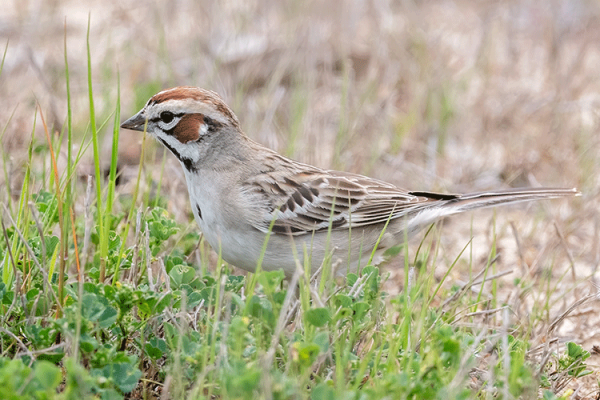Climate change isn’t the only threat facing California’s birds. Over the course of the 20th century, urban sprawl and agricultural development have dramatically changed the landscape of the state, forcing many native species to adapt to new and unfamiliar habitats.
In a new study, biologists at the University of California, Berkeley, use current and historical bird surveys to reveal how land use change has amplified — and in some cases mitigated — the impacts of climate change on bird populations in Los Angeles and the Central Valley.
The study found that urbanization and much hotter and drier conditions in L.A. have driven declines in more than one-third of bird species in the region over the past century. Meanwhile, agricultural development and a warmer and slightly wetter climate in the Central Valley have had more mixed impacts on biodiversity.
Read more at: University of California - Berkeley
Climate change and urbanization have created a “double whammy” for many of L.A.’s birds, leading to declines in more than one-third of the species in the region. The lark sparrow, pictured here, is one of the species that has experienced declines. (Photo by Channel City Camera Club from Santa Barbara and licensed under the Creative Commons Attribution 2.0 Generic license via Wikimedia Commons)


